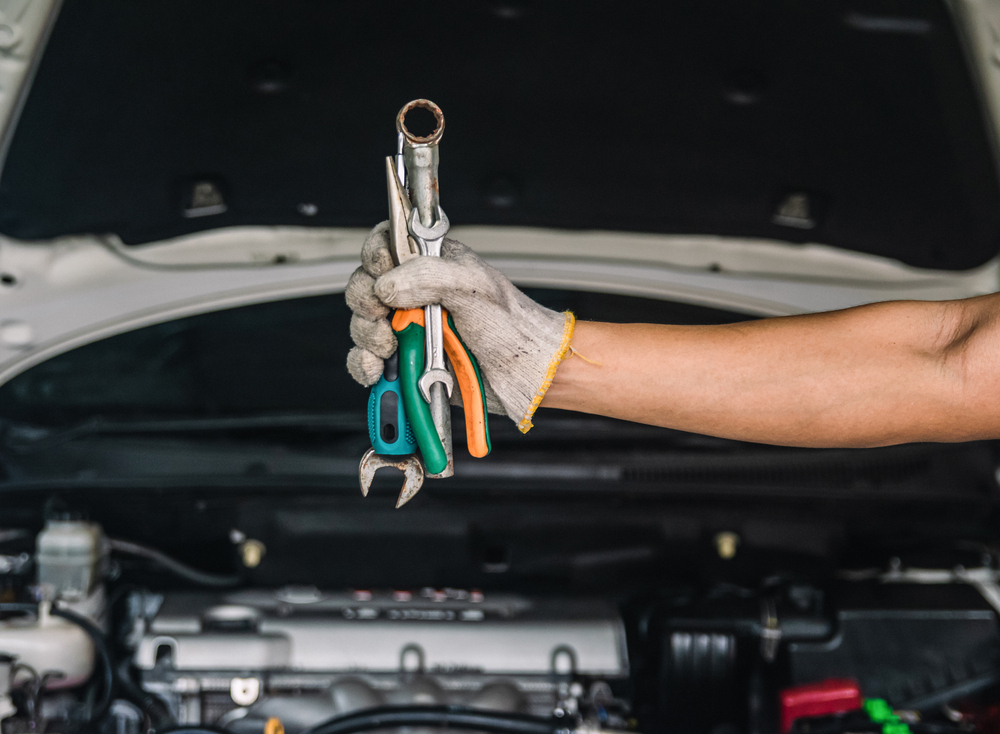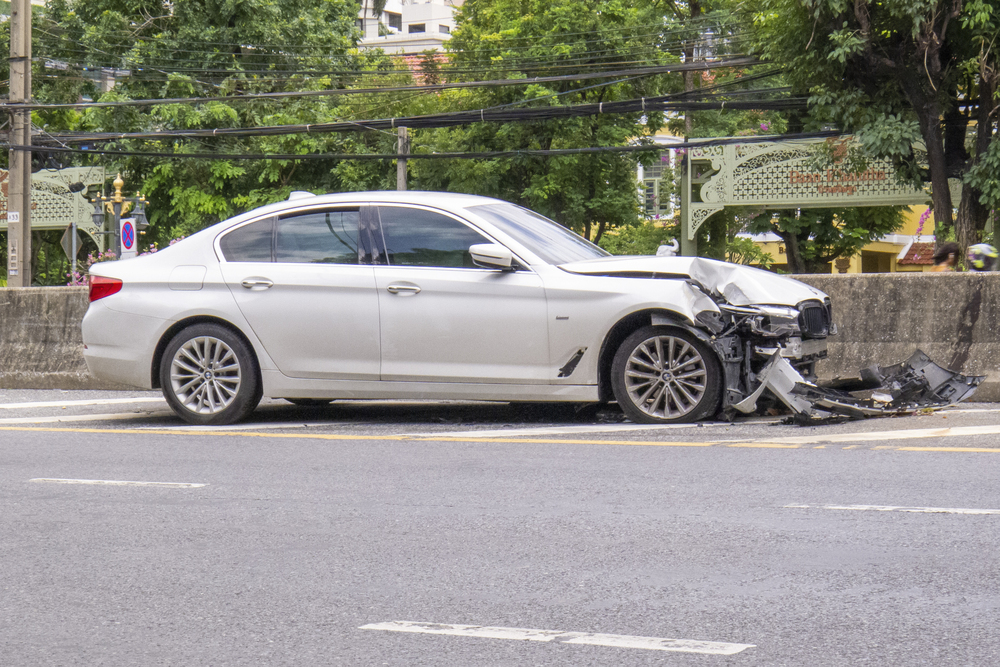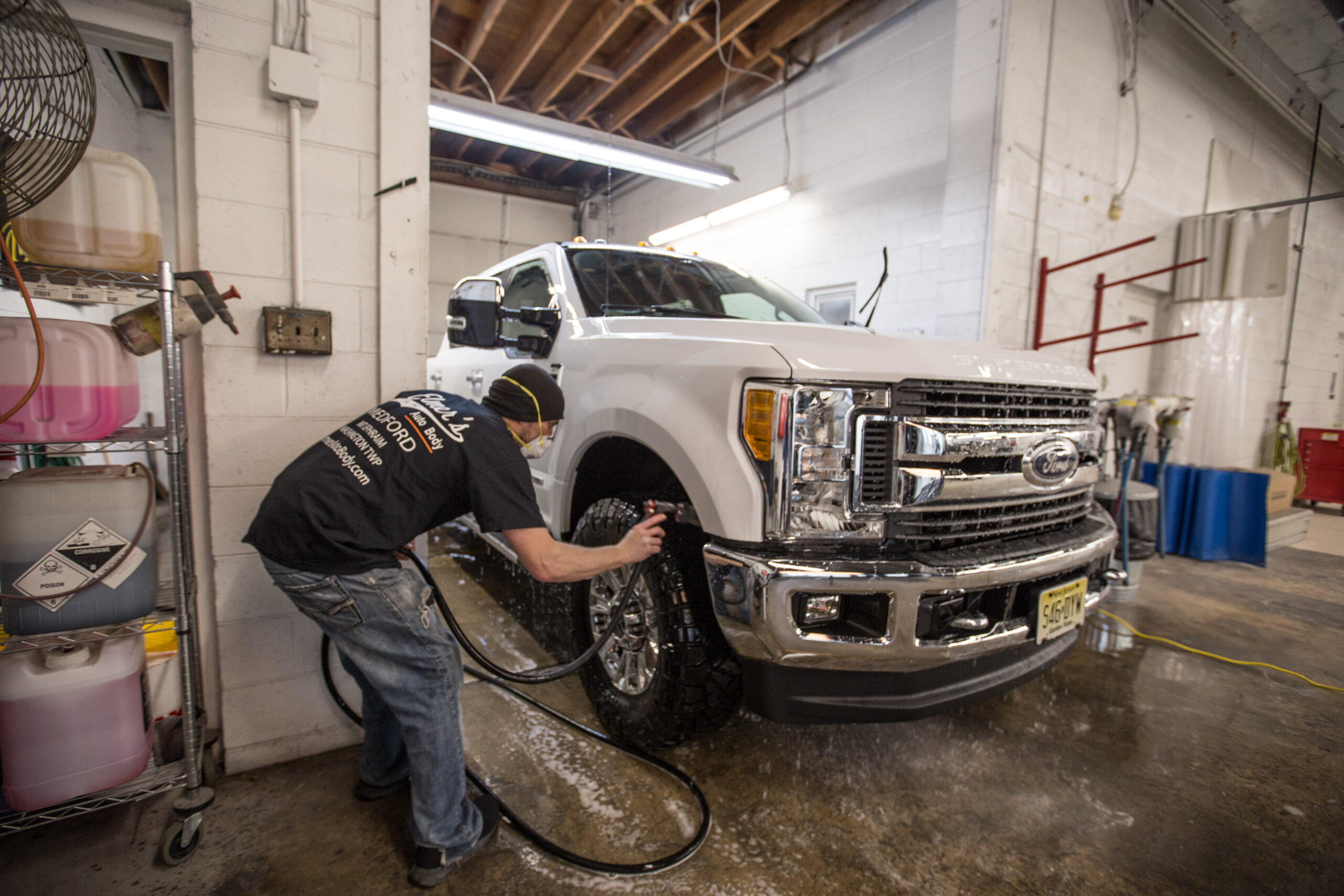Whether you have been in an accident or received hail damage, you want your car to be returned to its pre-damaged condition. Getting those issues repaired is essential for safety and performance, after all. If you have to pay these repairs out of pocket, you may find yourself searching for the most affordable or convenient option for repairs, such as DIY or a friend’s workshop. While this is tempting, it is all the more important to find an auto body repair shop in New Jersey that has certified, experienced technicians. Using uncertified technicians for auto body repairs might save you money upfront, but it can result in significant risks to both your vehicle’s integrity and your safety in the long run. Here’s why you should always choose certified professionals for your auto body repair needs.
Key Takeaways
- Uncertified technicians may not meet industry standards, leading to poor-quality repairs that can affect your vehicle’s performance, safety, and resale value.
- Certified technicians use the correct tools and OEM parts, while uncertified shops might rely on cheaper, lower-quality materials that could damage your vehicle over time.
- Critical safety features like airbags and crumple zones may not be repaired correctly by uncertified technicians, putting you at risk in future accidents.
- Using uncertified technicians can void your vehicle’s warranty and lead to problems with insurance claims, costing you more in the long run.
- Poor repairs from uncertified technicians can result in further damage, leading to more expensive fixes later. Certified repairs ensure the job is done correctly the first time, saving you money.
Subpar Workmanship
One of the most significant risks of using uncertified technicians is the potential for subpar workmanship. Auto body repair requires specialized knowledge and skills, from fixing structural damage to restoring your vehicle’s appearance. Certified technicians undergo rigorous training and must meet industry standards to earn certifications from manufacturers and organizations like I-CAR and ASE. By choosing uncertified technicians, you risk receiving repairs that don’t meet these standards, which can affect your vehicle’s performance, safety, and overall value.
Lack of Proper Equipment and Materials
Certified technicians not only possess the knowledge to repair your vehicle but also have access to the proper equipment and manufacturer-approved materials. Uncertified shops may cut corners by using cheaper or incorrect parts, which can affect the longevity and performance of your repairs. For example, using non-OEM parts or improper paint can lead to mismatches, rust, or other damage over time. Certified technicians use the right tools and materials, ensuring that your vehicle is restored to its original condition.
Safety Compromises
When a vehicle is repaired incorrectly, it can put the safety of both the driver and passengers at risk. Uncertified technicians may lack the necessary knowledge to repair critical safety features such as airbags, crumple zones, or advanced driver assistance systems (ADAS). Even minor oversights in these areas can compromise your vehicle’s ability to protect you in the event of another accident. Certified technicians have the training and experience to ensure that your vehicle’s safety features are restored to their pre-accident condition.
Warranty and Insurance Issues
Another downside of using uncertified technicians is the potential impact on your vehicle’s warranty. Many manufacturers require repairs to be completed by certified technicians to maintain warranty coverage. If your vehicle is still under warranty, using an uncertified shop could void it, leaving you responsible for future repairs that would otherwise have been covered. Additionally, insurance companies often require repairs to be performed by certified shops to ensure proper repairs. Using an uncertified technician may lead to issues with your insurance claim or limit your ability to get reimbursed for the repairs.
Hidden Costs
While uncertified technicians may offer lower prices upfront, the long-term costs can quickly outweigh any initial savings. Poor-quality repairs can lead to ongoing issues such as rust, paint peeling, or alignment problems, which can require further repairs. In some cases, improper repairs can cause more extensive damage to your vehicle’s structural integrity, resulting in more expensive fixes down the road. Choosing certified professionals ensures that repairs are done correctly the first time, saving you money in the long term.
Why You Should Choose a Certified Auto Body Repair Shop in NJ
Now that you know why uncertified technicians are more risky, let’s look at some of the benefits of choosing a certified professional shop:
- Guaranteed experience: Certified technicians have undergone extensive training and testing to meet industry standards.
- Manufacturer-approved repairs: Certified shops often work directly with manufacturers, meaning they follow manufacturer-approved repair procedures and use OEM (Original Equipment Manufacturer) parts.
- Safety assurance: Certified shops prioritize safety by ensuring that all essential components, such as airbags and structural parts, are properly repaired.
- Warranty and insurance compliance: Using a certified repair shop ensures that your vehicle’s warranty remains valid, as many manufacturers require certified repairs. Insurance companies may also favor certified shops because they meet industry standards, streamlining the claims process.
- Long-term value: Repairs completed by certified technicians not only enhance the vehicle’s performance but also help retain its resale value. Buyers and dealerships are more confident in the integrity of a car repaired by certified professionals.
Contact a Certified Auto Body Repair Shop in NJ Today
When it comes to auto body repairs in New Jersey, cutting corners by choosing uncertified technicians is not worth the risk. Certified technicians at reputable repair shops, like Elmer’s Auto Body, have the training, skills, and equipment to restore your vehicle to its pre-accident condition, ensuring your safety and peace of mind. By selecting certified professionals, you protect your investment in your vehicle and avoid the hidden dangers associated with uncertified repairs.
Contact one of our three South Jersey locations today to schedule an appointment. Let us help you get back on the road safely.






